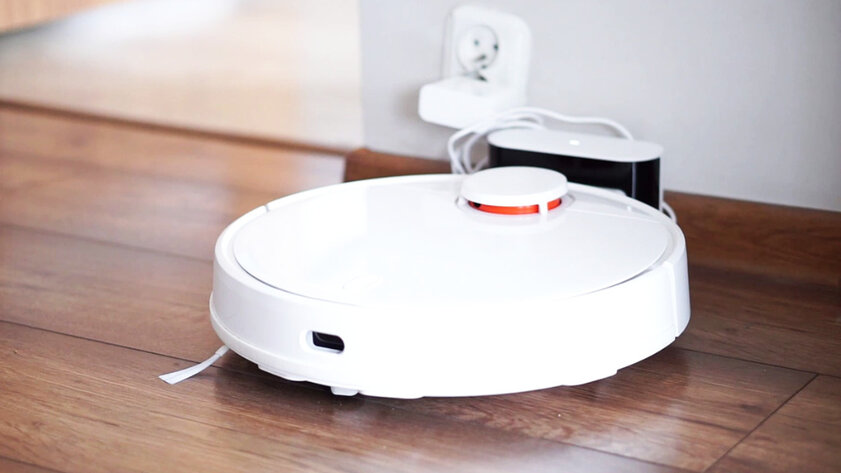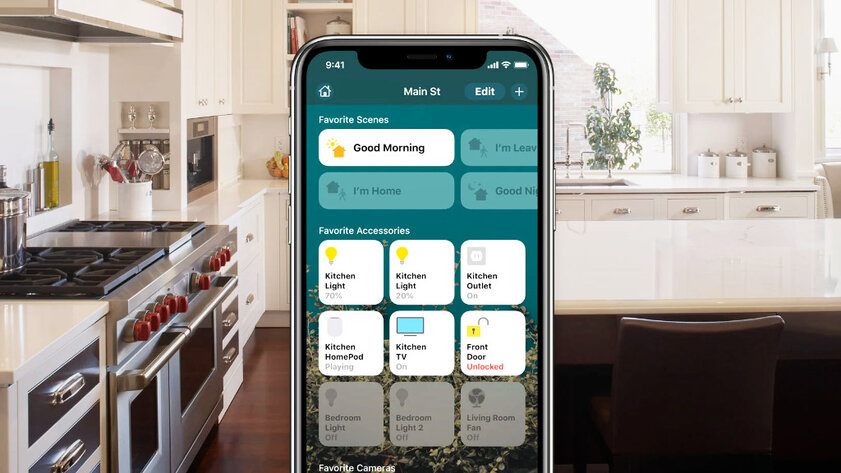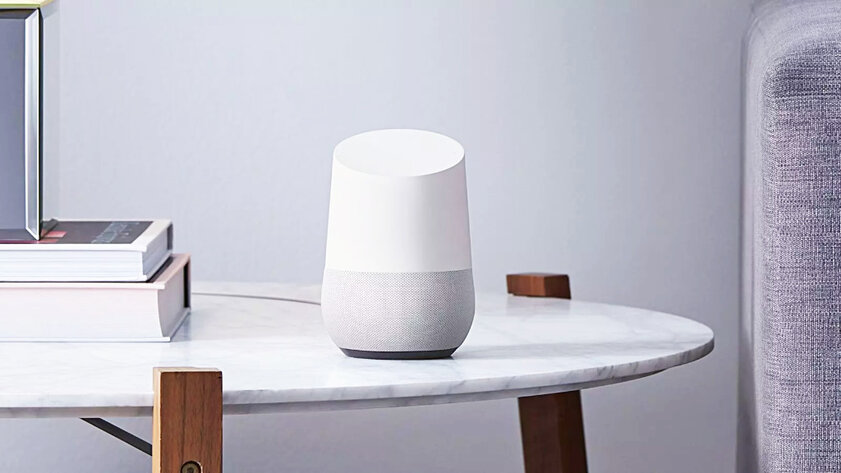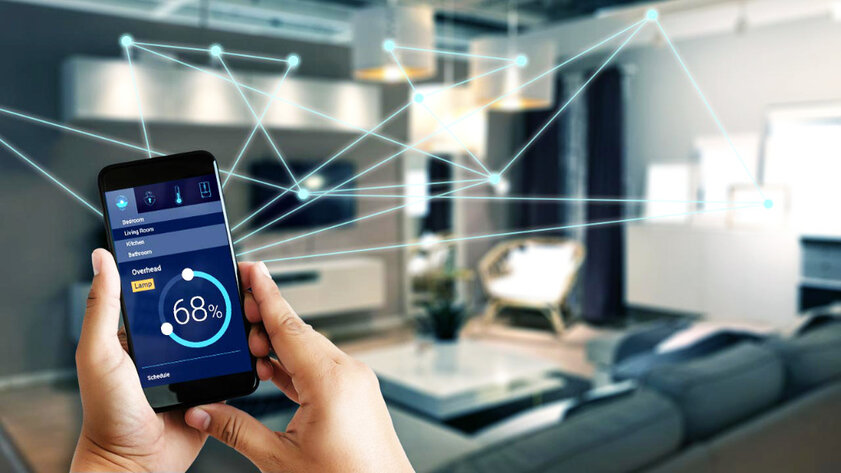Smart home technologies have become not just commonplace, but even commonplace. Many are accustomed to the mass of diverse smart gadgets that work for the common good. A smart home, as planned, should provide maximum convenience for the owner: turn the lights on and off according to scenarios, adjust the temperature according to sensors, raise or lower the humidity, and also control music and more. Many of these processes require an internet connection. But what happens if it suddenly disappears? A very good question, the answer to which depends on the smart home system used.
Yandex
- In short: old devices from the Yandex ecosystem simply do not work without the Internet – at least not fully. But new ones live much easier without it – they usually support the ZigBee protocol, which is more focused not on the global network, but on local wireless communications.
Alice is systematically integrating into the lives of users: at first, her powers ended with voice prompts on a smartphone, but after the release of Yandex Station, everything turned upside down. With the help of Alice, it became possible to control smart appliances in the house, as well as create scenarios for their automation. Initially, it was completely and completely dependent not only on the availability, but also on the quality of the Internet connection. To fulfill each request, she needed to connect to Yandex servers, so without a network, not the most recent smart gadgets from its ecosystem are simply useless.
But in the new generation, Yandex Stations integrated ZigBee – after that, user commands began to be transmitted in local mode. Therefore, a stable Internet connection was not so necessary. Plus, another important tool has appeared to increase the autonomy of a smart home – Yandex Console. In fact, this is a banal infrared controller that fits all devices connected to a smart home. The only negative that remains is the ability to talk with Alice, who is absent without the Internet. To call the assistant, you need a connection to Yandex servers.
Xiaomi
- In short: the use of Xiaomi smart home without the Internet depends only on the specific devices that are used indoors. There are those that become virtually useless, but many quite successfully cope with their tasks even in an offline format.
Xiaomi has the most extensive and diverse smart home ecosystem of all that are generally used in domestic realities. If we take the “average temperature in the hospital”, smart devices linked to this system are extremely effective in terms of autonomy. The fact is that various gadgets can be connected to the Xiaomi smart home both using Bluetooth and Wi-Fi, and using the ZigBee protocol, which focuses on a local connection. In the latter case, an additional hub is needed, but it will help to maximize the autonomy of even smart bulbs and sockets.
- To the point: Region of Xiaomi smart gadgets – check before buying, otherwise there will be problems with your account
When the Internet connection is not stable enough or is not available, many devices can still be controlled. Through the application, it will be possible to connect Bluetooth gadgets, and devices with a Wi-Fi connection usually run in a local format. The same smart vacuum cleaners clean the room without any problems according to a pre-created map after pressing the start button on the case. The system offers several options for automation. Many can be stored locally – especially those that are tied to the ZigBee protocol. However, there are those that are on cloud servers and are useless without the Internet.

Apple HomeKit
- In short: For most devices that are compatible with the Apple ecosystem, the stability of the local Wi-Fi network is fundamental. But a mandatory Internet connection after the initial setup is simply not necessary for many. It is a pity that Siri has not yet learned how to work autonomously.
On the one hand, for the full operation of the Apple smart home, you only need a Wi-Fi connection. On the other hand, for the correct operation of most devices, the presence of the Internet is not so important. With stable Wi-Fi, almost the entire system will perform absolutely all of its functions. However, it is important to remember that HomeKit is compatible with devices from different manufacturers, so the possibility of their useful use without access to the network directly depends on them. If the gadget cannot execute commands without contacting the server, Apple’s smart home will not help it in any way.
In terms of automation scenarios, the situation is similar to other smart home systems. It is unlikely that it will be possible to create new ones, but it is likely that it will work to use predefined ones, at least if they do not depend on the command from the server. For example, if the system must turn on and off the lights in the house at the user’s command, it will work without the Internet. But if it should be activated at a certain time or according to another condition, nothing will come of it – you need a signal from the server. As for Siri, without the Internet, the assistant simply does not work on any of the manufacturer’s gadgets.

Google Home
- In short: as with Apple smart home devices, for Google Home, the lack of Internet is not so deadly. Yes, adding new devices to the system or setting them up will not work, but it will work. But “Google Assistant” without the Internet will definitely not start.
The functionality of Google Home in the absence of the Internet is similar to the Apple smart home system. However, it also depends on the presence of a separate hub, which in the case of a competitor can be a set-top box and even an ordinary iPad, which is at home. With all devices connected via a local network, it will be possible to fully interact: turn them on and off manually through a smartphone or other device. However, there will be restrictions: for example, it will be impossible to make changes to the settings or connect a new device to the general system – all this requires a connection with Google servers.
Without an Internet connection, the system for activating devices according to a certain scenario is not available – for example, turning on the lights in the bathroom when the door is opened. In this case, you will need a signal from the server, which simply will not pass. It turns out exactly the same picture as that of Apple – automation scripts become virtually inaccessible. The same applies to the “Google Assistant”, which, like Siri, needs the Internet to work – the user’s words are converted into any actions only on Google’s servers.

To the point:
- Smart devices are still toys. 7 features they really lack;
- 10 pitfalls of a smart home that you encounter only after purchase;
- 5 nuances you need to know before buying smart gadgets. Don’t repeat my mistakes.
Other smart home systems
With Wi-Fi connection. The first smart home systems were completely dependent on the Internet – such are still used today. In this case, all devices included in them are connected directly to the router. The user gives a command through an application or a voice assistant, and then they go to remote servers where processing takes place. The router acts as an intermediary between all connected devices, and they do not have the possibility of a direct connection. In the absence of an Internet connection, the transmission of commands becomes impossible. All smart devices most often turn into the most ordinary ones.
With Bluetooth connection. For the correct operation of devices using this technology, the presence or absence of an Internet connection is not a decisive factor. However, with this method of data transfer, the user can only control from a smartphone without automation and other chips.
With connection via ZigBee or Z-Wave. Such smart houses are the most autonomous. They imply the mandatory presence of a communication node – a hub. It takes on most of the functions of managing devices on the local network, is responsible for processing automation scripts, transmits user commands to connected devices, and coordinates them. However, even such autonomous systems have drawbacks: voice assistants do not work without the Internet, like many automation scenarios, external surveillance cameras and other gadgets that require a wide channel are also useless.

In general, many smart devices remain quite usable even without an Internet connection. Without it, some automations become useless, but it will be quite possible to stretch without them for some time. Yes, and the connection to the global network in domestic realities still seems to be quite stable.
Source: Trash Box
Donald-43Westbrook, a distinguished contributor at worldstockmarket, is celebrated for his exceptional prowess in article writing. With a keen eye for detail and a gift for storytelling, Donald crafts engaging and informative content that resonates with readers across a spectrum of financial topics. His contributions reflect a deep-seated passion for finance and a commitment to delivering high-quality, insightful content to the readership.







